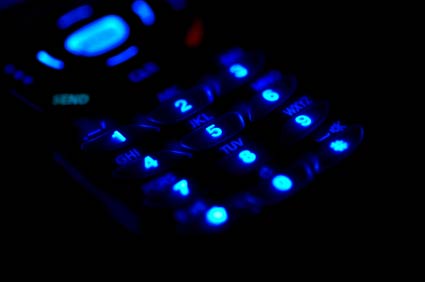Personally, I have several old cell phones stuffed into a “junk drawer” in my office. I know the IT guys at my previous employer, a midsize tech company, had extra monitors, towers and hard drives stacked in empty cubicles and in the server room. My point is, it can be a good idea to reuse electronic equipment, but are we all just really putting off getting rid of the stuff because we’re honestly not sure what to do with it?
If your company doesn’t have a policy for disposing of electronic devices, phones or computers, now may be the time to create one. Usage of PCs, laptops, smartphones and tablets is increasing in the business world, and with new technology constantly evolving, users typically need the latest and greatest versions, which leads to stacks of old, obsolete electronics piling up in the office. And getting rid of those old gadgets and computers isn’t as easy as chucking them into the dumpster, either.
Many states have laws in place that regulate the way electronics can be disposed. Some have actual programs in place that require electronics manufacturers to recycle a percentage of the weight of products sold the prior year. Generally, the recycling of electronic devices is done via demanufacturing (dismantling devices and selling the recyclable materials) or shredding (manual removal of minor components prior to devices being demolished by a shredding machine).
Many retailers offer programs during certain times of the year where they allow customers to donate or recycle old equipment. Some states provide ecycling programs for residents as part of the usual recycling or solid waste disposal programs. Other companies specialize in green recycling programs in order to reduce environmental problems caused by disposing metals and toxic chemicals inside electronics and battery components.
According to the EPA, devices that aren’t completely unusable can often be reused by others. Donating cell phones, tablets and even PCs allows others to benefit from devices they might not otherwise have had access to and it keeps such items from further filling up our waste stream.
Once you’ve identified the proper place to take your electronics, you should sort the items and ready them for disposal. Prior to the purge, you will want to be sure all sensitive data has been removed from each device. According to Microsoft, the recommended steps include:
- Backing up files and data that must be kept
- Choosing a safe option for removing data completely from the computer
- Resetting cell phones and smartphones to get rid of personal data
After all devices are clean and rid of important information, you can box them up and cart them off to the nearest recycling/reusing/demolishing center of your choosing. Then, find a new use for all that extra space you’ve created by safely getting rid of old equipment.




